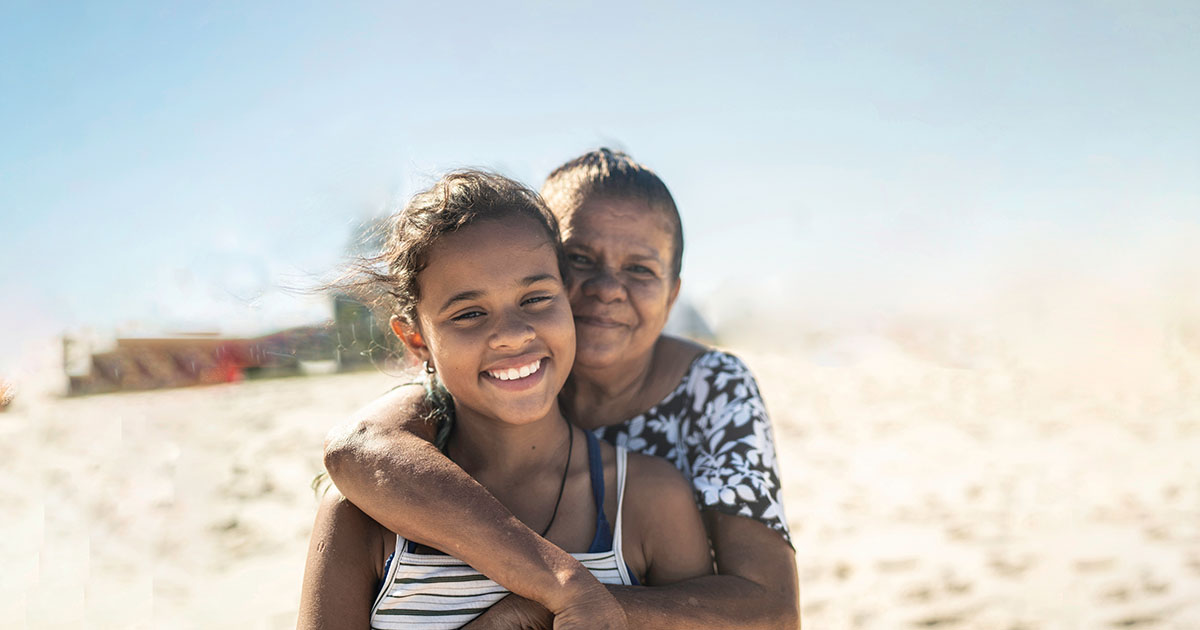If NSW can commit to social housing, why can’t the Commonwealth and other states?
- Details
On 24 January Mike Baird launched his social housing policy which will see 23,500 new or replacement social and affordable housing dwellings built in Sydney.
It’s long awaited, long demanded by agencies like Mission Australia, and thankfully it’s a progressive policy.
Progressive because the initiatives won’t just provide more homes but will support individuals and communities so that the issues of entrenched disadvantage are tackled.
It recognises that many people living with disadvantage – who are in social housing now or on the long waiting list – can progress towards independence with the right supports. And it acknowledges that some, especially elderly people, can lead fulfilling lives in stable and secure social housing.
It’s comprehensive in scope, with more transfers of public housing properties to community housing providers, new Personal Support Plans for social housing tenants offering “tailored supports and services” and Place Plans to address estates of concentrated disadvantage.
Although the implementation detail is yet to be seen, we welcome this policy as an indication that at long last we see a Government taking this matter seriously.
It’s a positive step, and one I’d urge the Federal Government to take heed of. If Mike Baird can do it in NSW, why aren’t we seeing this sort of push from the Commonwealth and other Premiers?
In mid-January, we did see a tentative but tangible step forward from the Commonwealth Government to tackle Australia’s housing crisis. Christian Porter, the Minister for Social Services, established a working group to “investigate innovative ways to improve the availability of affordable housing.”
But we need more, we need the Federal Government to lead and co-ordinate this. Every State and Territory is facing the same issues as NSW.
The problem is simple - there isn’t enough housing that’s affordable for people on low and moderate incomes. The most recent figures show a shortage of 400,000 affordable homes across Australia.
Mission Australia and other support services see the human effects of this every day, as people ask for help to find somewhere to live. Women and children who have had to flee the family home due to domestic violence. Teenagers who can’t go back home because of abuse. Elderly women whose landlords have put up the rent to a level that just can’t be met from their income.
Sadly, we don’t have anywhere near the resources to help all those people. In fact, only 6% of people seeking help from homelessness services who need long-term accommodation actually receive it.
But affordable housing is also a central piece of our national economic infrastructure. A poorly operating housing market is a drag on productivity. Insecure housing limits individuals’ participation in the workforce. Overly high housing costs restrict people’s ability to invest and save for retirement, pushing more onto the age pension and other transfer payments. Increased homelessness increases the costs to the health and justice systems, so doing nothing is actually more expensive for taxpayers. Scott Morrison has called housing “one of the biggest competition inhibitors.” And, as Mike Baird’s policy shows, investing in social housing can spark extra construction activity and jobs.
Hopefully, Christian Porter’s national working group will move fast. There is no need for long fact-finding missions. There is incontrovertible evidence of the need and, surprisingly for such a complex area, there is broad consensus among experts on the elements of the solution.
Certainly, it’s widely agreed that tax reform is needed. A review of settings around negative gearing, capital gains tax and land tax is necessary to fix market distortions that currently freeze low income families out of housing they can afford. This should help make affordable housing attractive to institutional investors, such as superannuation funds and other finance sources.
A clear commitment from governments, led by the Commonwealth, is needed to provide confidence to investors and to underpin the growing community housing sector. We are seeing a significant upswing in investors’ appetite as a result of Mike Baird’s $1 billion Social and Affordable Housing Fund, but a national approach is needed to provide the scale at which investment is most effective.
Planning systems must maximise development of below-market housing, by requiring, for instance, major residential developments to include a proportion of such housing. When land value increases through planning changes, part of that value should be captured for the public good.
So that’s how we finance and build new homes. We also need to support the residents in these homes through comprehensive welfare reform. For example, even with Commonwealth Rent Assistance, 40% of recipients remain in housing stress, and the Youth Allowance is inadequate to cover rent, food and other basic necessities. Concentrated disadvantage must be tacked through whole-of-community renewal projects, including in legacy public housing estates, not just in New South Wales but around the country.
So, there is clear evidence of the problem and its causes, and a consensus on the key elements of the solution, and examples such as in NSW of what can be done. The job for Christian Porter and his working group is to develop the detailed plan at a national scale, especially for unlocking investment potential. They must also ensure that other processes – around tax reform, Reform of Federation and welfare reform – use their levers to remove market distortions and incentivise new supply of affordable housing.
All players agree that our economy can’t grow without affordable homes, and that we can’t fix homelessness without homes, all across Australia
Let’s hope this national working group moves quickly.

Catherine Yeomans
CEO Mission Australia
@cathyeomans
Related media releases
Read about what we’ve been working on, our stance on important social issues and how you make a difference to vulnerable Australians' lives.



